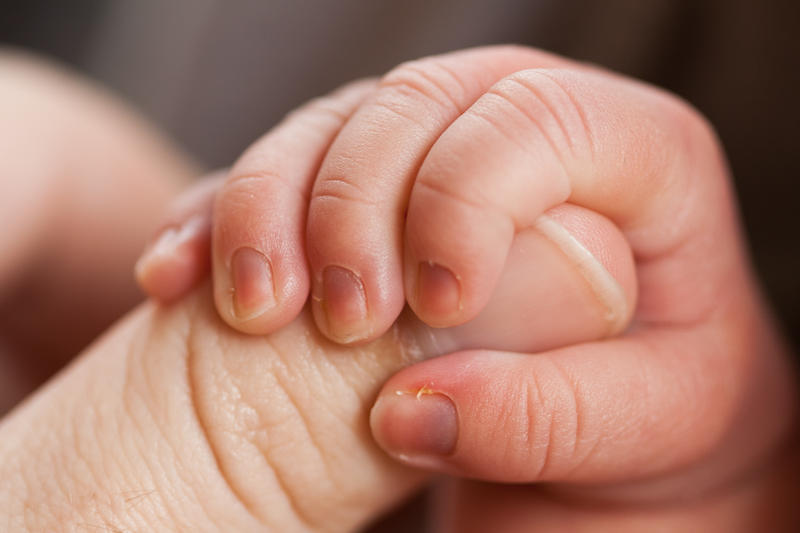Singapore’s total fertility rate has taken a significant dip, reaching a historic low of 0.97, sparking concerns and discussions about the future demographic trends and their implications on the nation’s socio-economic landscape. This article delves into the multifaceted aspects of Singapore’s declining fertility rate, exploring the historical context, government policies, and potential impacts on society.
Historical Context and Government Initiatives
Post-independence, Singapore experienced a boom in births, leading to a robust interest in family planning. The government introduced various campaigns and policies over the years to manage population growth. Initiatives like the “Stop at Two” campaign in the 1970s aimed to curb the birth rate by encouraging families to have no more than two children. Incentives and disincentives were employed to persuade the public, marking the beginning of Singapore’s active population planning efforts.
The 1980s saw a shift with the “Graduate Mothers’ Scheme,” targeting educated women to encourage higher birth rates among the well-educated. However, this approach sparked considerable debate and was eventually adjusted. By 1986, the stance shifted towards encouraging larger families with the “Have Three or More (if you can afford it)” campaign, supplemented by the introduction of the “Baby Bonus” scheme in 2001, aimed at alleviating the financial burden of raising children.
Despite these efforts, Singapore’s fertility rate has remained consistently low, with significant measures taken to boost it, including public education and clinical services on family planning. The government’s continuous struggle to balance population growth with economic and social stability has been a central theme in Singapore’s demographic history.
The Role of Immigration
Singapore’s demographic landscape has also been shaped significantly by immigration policies. Initially, the population increase was primarily due to native births, but over time, as the birth rate declined, immigration started playing a more pivotal role in population growth. The government’s strategy evolved to allow more foreigners to live and work in Singapore to counter the low birth rate and meet the demand for labor brought about by industrialization. This shift has led to a significant and increasing proportion of Singapore’s total population being made up of foreign talent and workers since the 2000s.
Implications and Future Outlook
The record low fertility rate poses several challenges for Singapore, from potential impacts on the workforce and economy to societal concerns such as the aging population and the sustainability of social security systems. The government’s Population White Paper projected that by 2030, Singapore’s total population could range between 6.5 and 6.9 million, with a significant portion being foreign workers. This projection has sparked debates and concerns among citizens and policymakers about infrastructure, public services, and the overall quality of life.
In response, the government has been focusing on policies that not only encourage higher birth rates among citizens but also manage the number and integration of foreign workers to ensure social harmony and economic vitality. The demographic challenges Singapore faces are complex and multifaceted, requiring a balanced approach that addresses both the immediate needs and the long-term sustainability of the nation.
As Singapore navigates through these demographic shifts, the outcomes of these policies and the adaptability of the society will be crucial in shaping the future of this vibrant city-state. The ongoing dialogue between the government, citizens, and stakeholders will be essential in crafting a cohesive and sustainable demographic strategy for Singapore.










